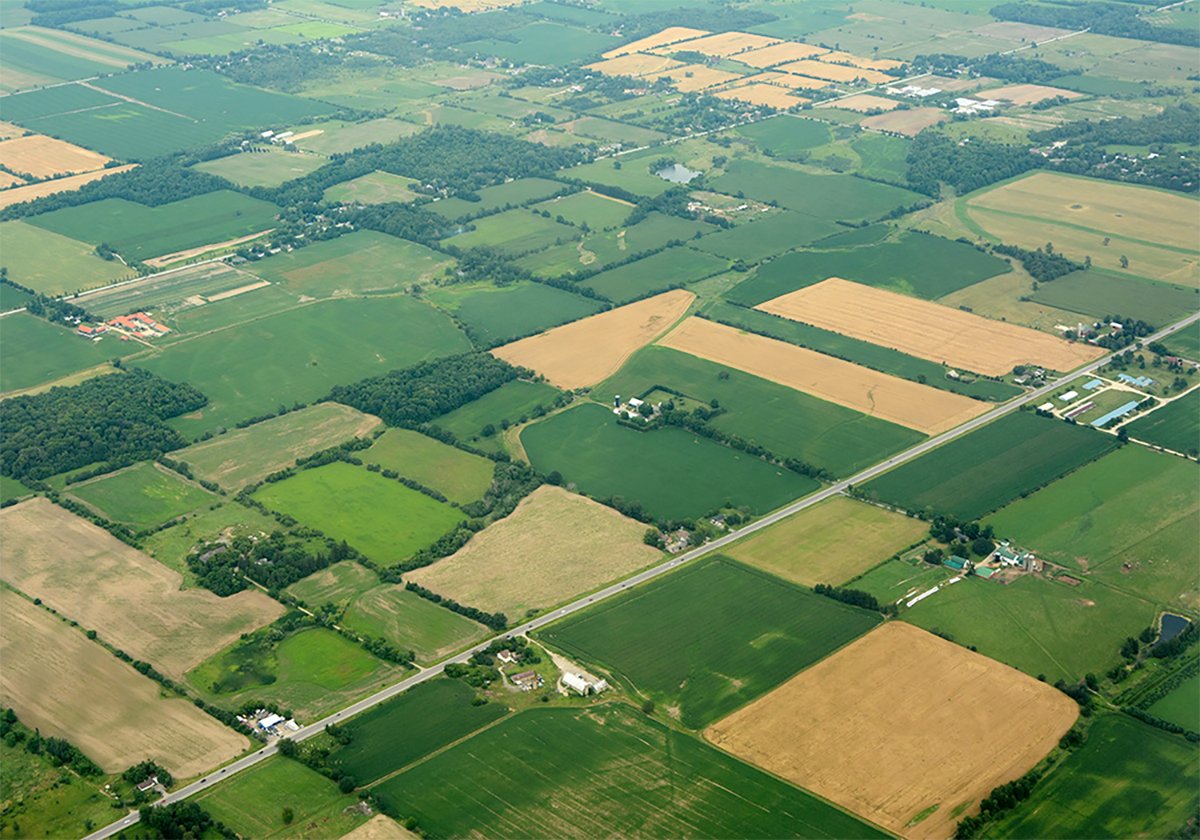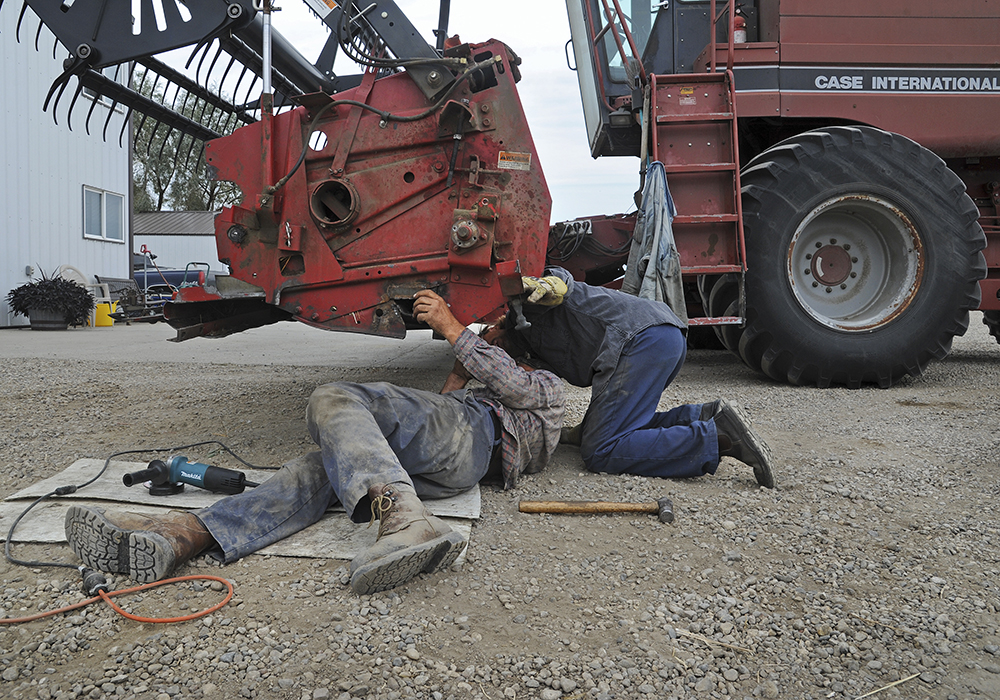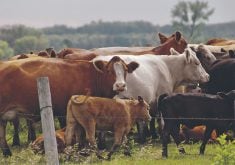As farms and ranches get larger and as time and labour become ever scarcer, it changes the way we farm.
Out of a quarter section, 20, 30 or 50 acres of land might be unsuitable for grain production for a whole host of reasons. Maybe it’s too hilly and rocky. Maybe it’s dotted with small sloughs. Maybe it’s too saline for annual crops.
When farms were smaller and most farms had cattle, those isolated parcels were more commonly grazed. Now, many are unproductive. You often see remnants of a fence around them from some bygone era.
Read Also

Higher farmland taxes for investors could solve two problems
The highest education and health care land tax would be for landlords, including investment companies, with no family ties to the land.
Electric fencing has made it cheaper and easier to use isolated parcels, but if you don’t have cattle, you need to have a neighbour willing to run his or her cows on that land and it often isn’t worth their time and expense.
Sourcing water is often a problem. Is it feasible to establish a dugout or have a pipeline from a nearby location? Is it worth the time and expense of hauling water? And what about the hassle of moving cattle onto and then away from a small parcel?
Even if it makes economic sense on paper to use small parcels, a cattle producer has to weigh the time and effort against all other work priorities. Size and scale are important. Time and labour are at a premium and the work/life balance is often unhealthy to start with.
Many of the same considerations influence how grain farms operate. Crop rotations are often kept simple with only two or three different crops in any given year. Little time is spent experimenting with a new cropping choice on a few acres because that takes time.
You might have a saline patch that should really be seeded to a salt-tolerant forage, but in many cases, it’s easier to just keep farming through the patch.
Despite all the hype, precision agriculture is not the norm. While some producers vary fertilizer rates and blends across each individual field according to a set plan, surveys show most producers only vary the fertilizer blend and rate from one crop to the next. Time and logistics trump the theory of optimum rates for each acre.
What do you do with small grain spills either in the field or yard? If it’s a few bushels off the side of the truck out in the middle of a field, do you just leave it or do you clean it up?
My dad would clean up virtually every kernel. He farmed through many tough times and pinched pennies to get by. If some of a grain clean-up contained some dirt or stones, that went to the chickens because they could peck out the grain.
I deviated from that diligence in the years when grain was astoundingly cheap. Barley at $1.50 a bushel is only about three cents per pound, not worth much time or effort for a few shovelfuls.
These days, many crops are worth 30, 40 or 50 cents a lb. Spending a few minutes on a clean-up can pay a pretty good wage, but how valuable is your time during harvest? Many of us are guilty of being less than diligent in measuring combine losses even though they can be significant.
The management and employees of a farm need to invest their limited time and labour where it can provide the best return. Unfortunately, that can lead to reduced overall productivity.
Kevin Hursh is an agricultural journalist, consultant and farmer. He can be reached by e-mail at kevin@hursh.ca.
















